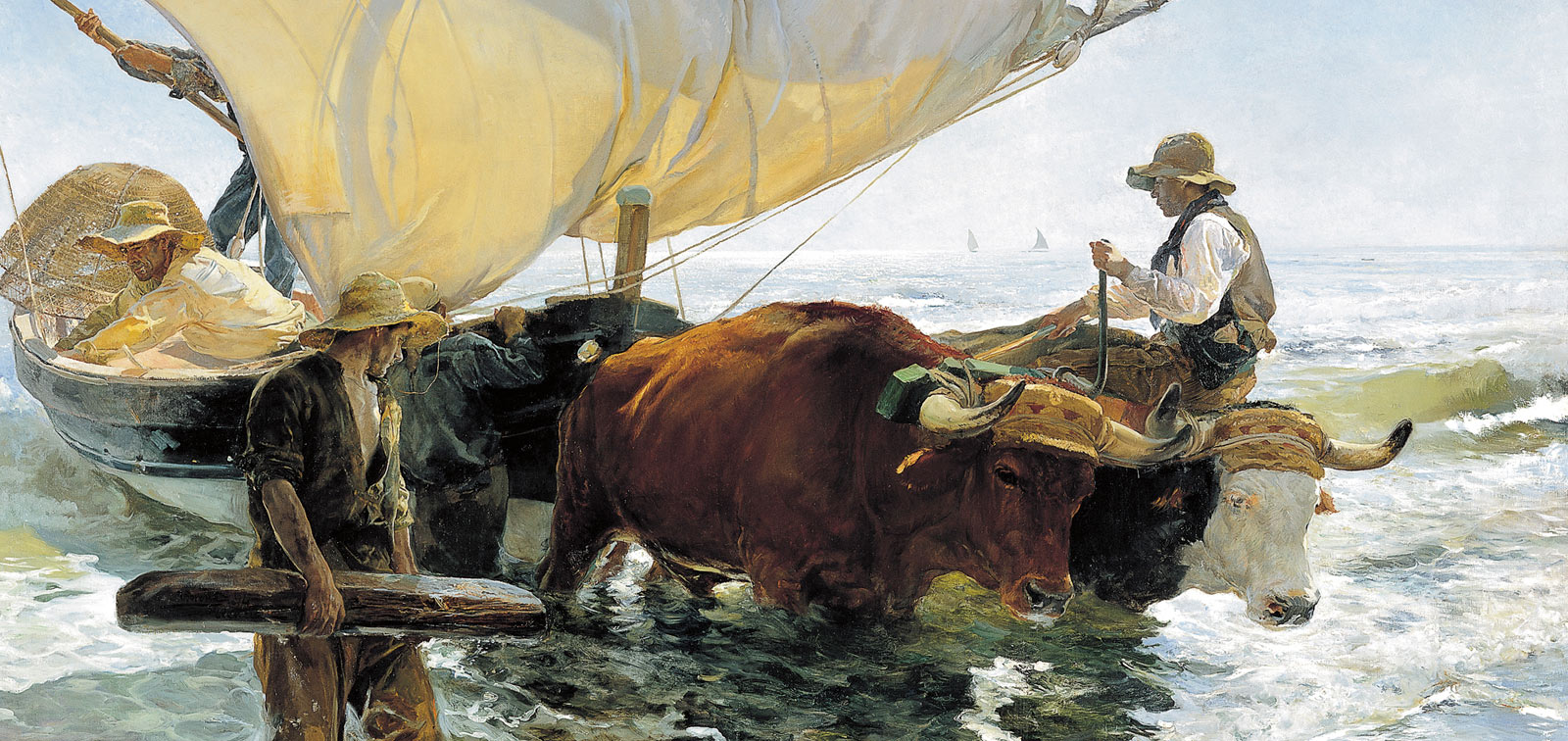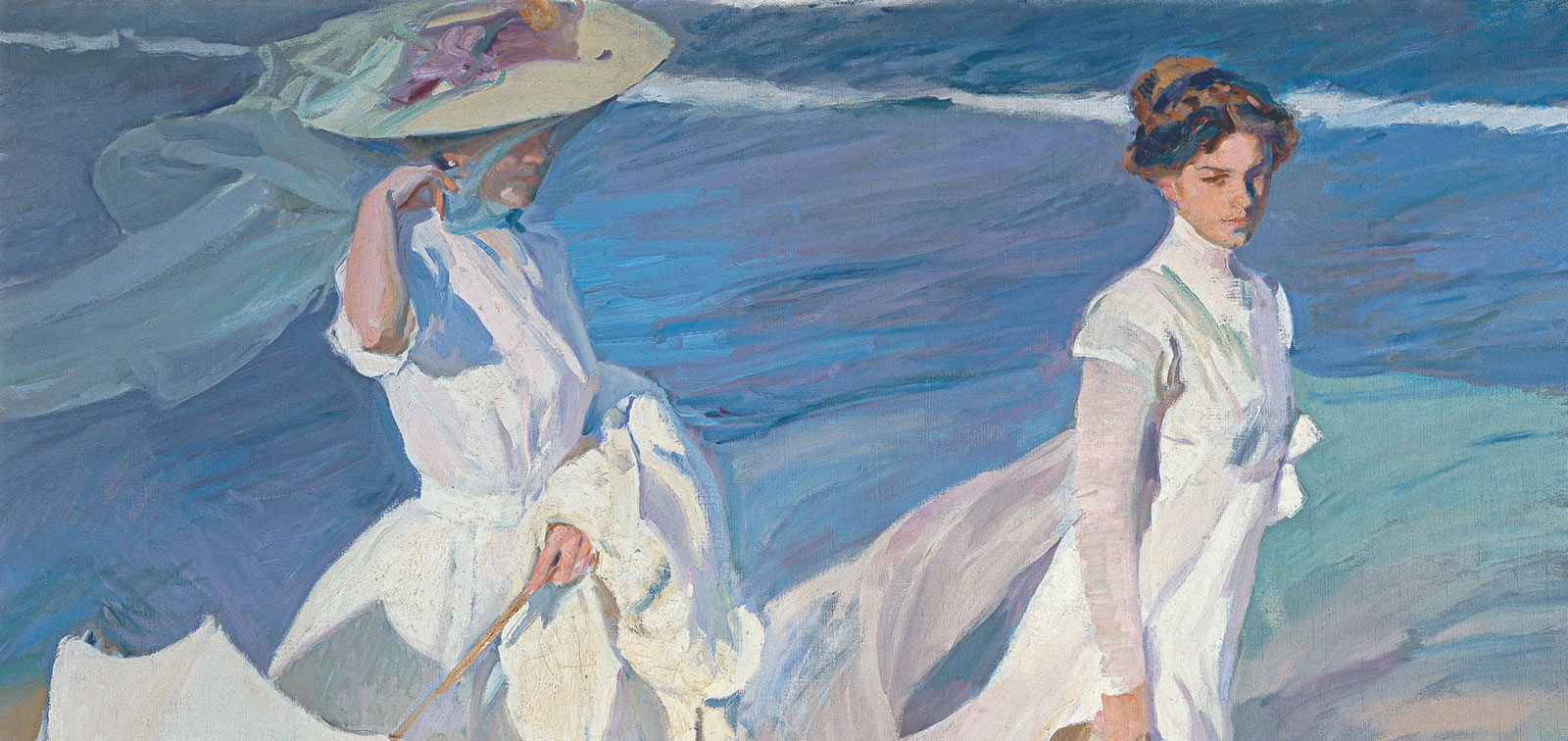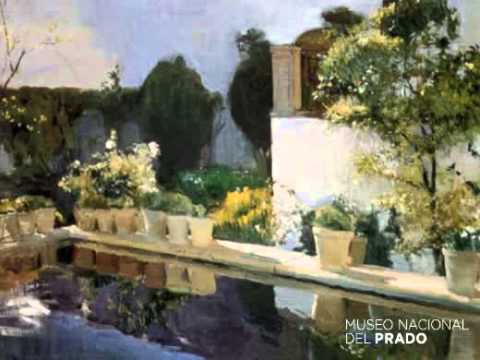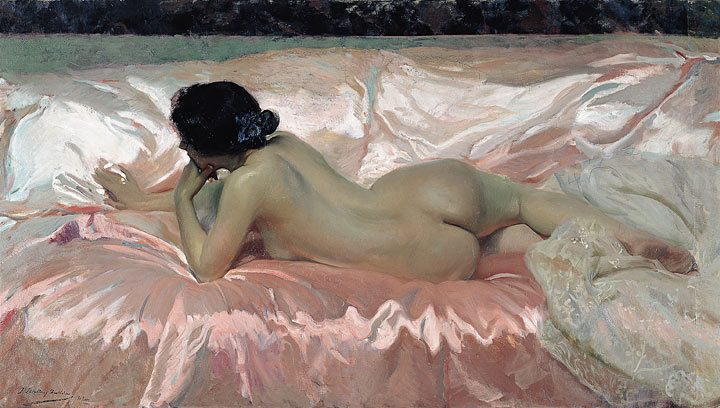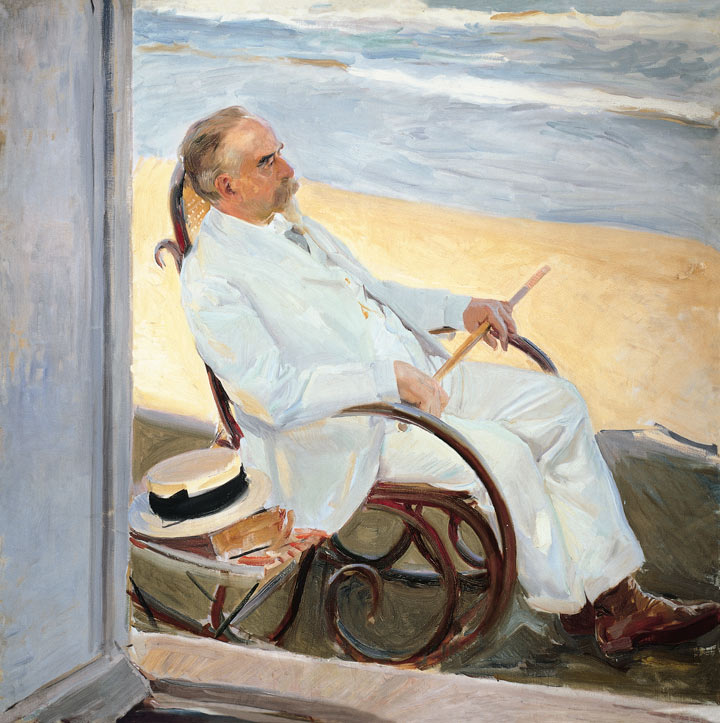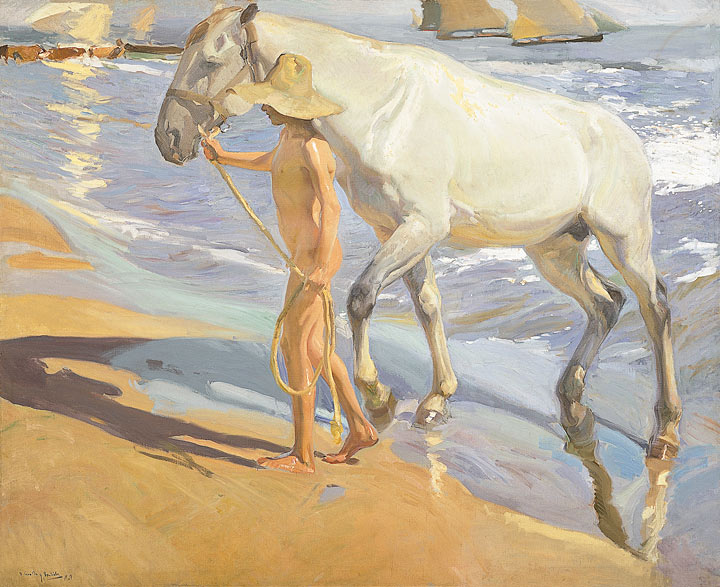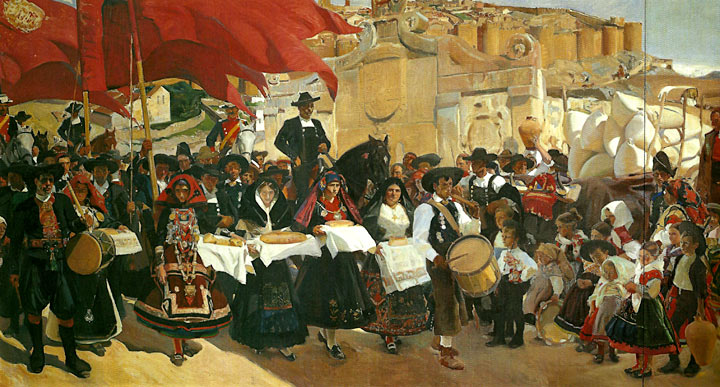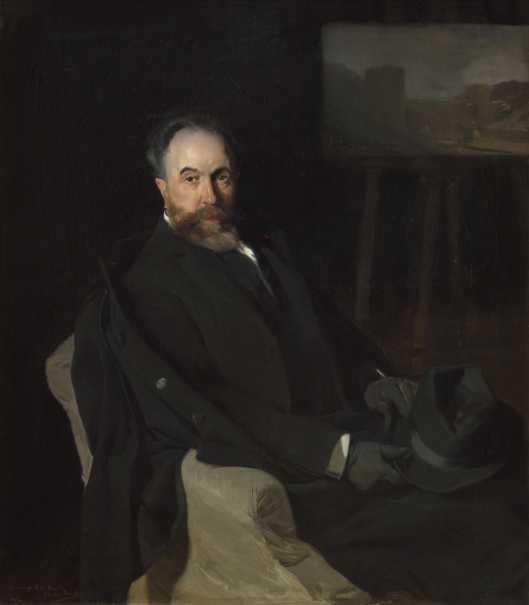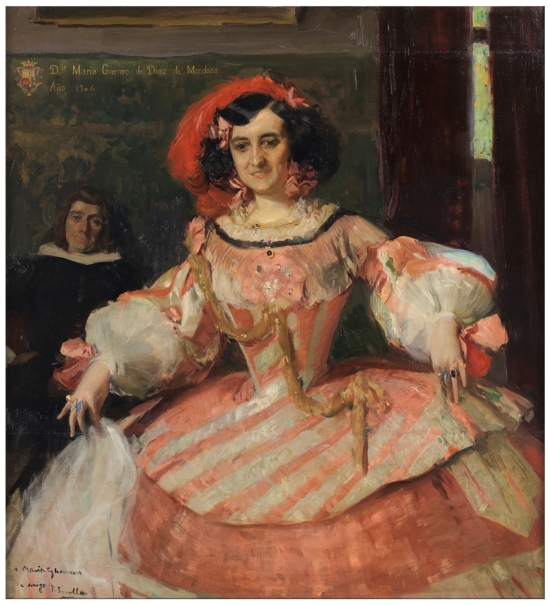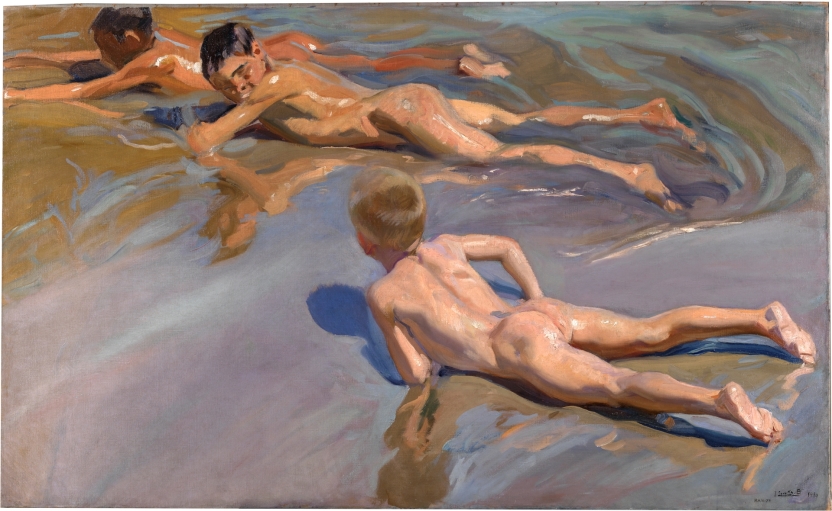Joaquín Sorolla (1863-1923)
Madrid 5/26/2009 - 9/13/2009
Joaquín Sorolla (1863-1923) is the first major, monographic exhibition to be devoted to the artist since the one also organised in the Casón del Buen Retiro by the Ministry of Science and Education in 1963. It is also one of the most important ever organised, in Spain and abroad on this great 19th-century painter, both with regard to the number of works and their quality. The exhibition brings together around one hundred paintings by Sorolla, the most internationally known Spanish artist of his day and one of the key figures in the history of Spanish art. It offers a comprehensive survey based on examples of his finest works and includes the fourteen panels known as the Vision of Spain painted for The Hispanic Society of America, which were brought to Spain in 2007 by Bancaja, sponsor of the present exhibition.
Besides the collaboration of numerous private collections and institutions all around the world, the contribution of the Museo Sorolla (Madrid) deserves a special thanks, since it loans a group of fourteen works among them some of the artist's masterpieces.
The exhibition has a fundamentally chronological structure, organised into various sections that emphasise the importance of the various themes and subjects that Sorolla depicted at different periods in his career. For example, there is a space dedicated to the paintings of social themes that brought the artist fame in the last decades of the 19th century. This is followed by a sizeable group of portraits and a nude that reveal the profound influence of Velázquez on his compositions during the early years of the 20th century. Another area displays his finest beach scenes, painted in 1908 and 1909. Due to their particular importance and large size, the fourteen panels of Visions of Spain painted for the Hispanic Society of America will fill an entire room of the four occupied by the exhibition. This spectacular group was the most complex and important decorative scheme of Sorolla’s entire career and can also be seen as an epilogue and summary of his entire oeuvre. The exhibition ends with examples of his landscape paintings.
- Curators:
- José Luis Díez, Head of 19th Painting Department and Javier Barón, 19th Painting Department

